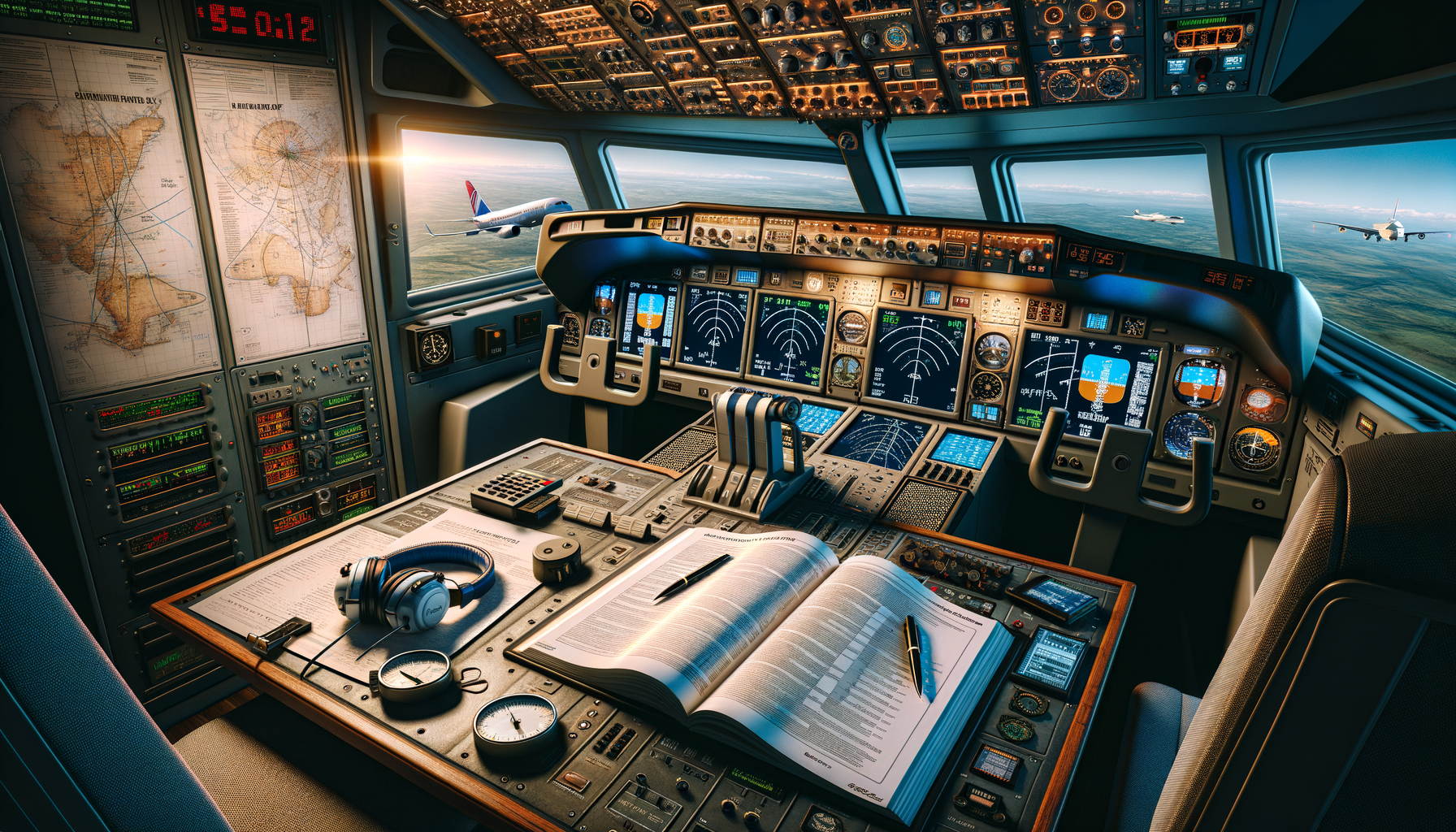
Unlock Opportunities in Aviation: Training for International Careers in the UK
The Fundamentals of Aviation Training
Aviation training is a critical component in preparing individuals for a career in the aviation industry. It encompasses a wide range of skills and knowledge areas, including aerodynamics, navigation, meteorology, and aircraft systems. The training is designed to ensure that aspiring aviation professionals are well-equipped to handle the responsibilities of their roles, whether as pilots, air traffic controllers, or maintenance technicians.
One of the foundational elements of aviation training is ground school, where trainees learn the theoretical aspects of flying and aviation operations. This includes understanding the principles of flight, the mechanics of aircraft, and the regulations governing air travel. Ground school is essential for building a solid knowledge base that will be applied during practical training sessions.
Practical training is another crucial aspect, often conducted through simulator sessions and actual flight training. Simulators provide a safe environment for trainees to practice maneuvers and emergency procedures without the risks associated with real flight. This hands-on experience is invaluable in helping trainees develop the confidence and skills needed to operate aircraft safely.
Furthermore, aviation training programs often include specialized courses tailored to specific roles within the industry. For instance, pilots may undergo additional training to obtain different licenses and ratings, such as instrument or multi-engine ratings, while maintenance technicians might focus on specific aircraft systems or types. This specialization ensures that each professional is adequately prepared for the unique challenges of their chosen career path.
Innovative Training Methods and Technologies
The aviation industry is continually evolving, and so are the methods and technologies used in training. Today, aviation training incorporates cutting-edge technology to enhance learning and improve outcomes. Virtual reality (VR) and augmented reality (AR) are increasingly being used to create immersive training environments that simulate real-world scenarios. These technologies allow trainees to experience various situations in a controlled setting, improving their problem-solving skills and decision-making abilities.
Additionally, online learning platforms have become a staple in aviation training, offering flexibility and accessibility to trainees. These platforms provide a wide range of courses and resources that can be accessed from anywhere, allowing individuals to learn at their own pace. This is particularly beneficial for those who may be balancing training with other commitments or who are located in remote areas.
Another innovative approach in aviation training is the use of data analytics to track and assess trainee performance. By analyzing data from training sessions, instructors can identify areas where trainees may need additional support or practice. This data-driven approach ensures that training is tailored to the needs of each individual, maximizing their potential for success.
Moreover, the integration of artificial intelligence (AI) in training programs is set to revolutionize the industry. AI can be used to create personalized learning experiences, adapting to the learning style and pace of each trainee. This level of customization enhances the effectiveness of training, ensuring that all individuals are adequately prepared for their roles in the aviation sector.
The Path to a Career in Aviation
Embarking on a career in aviation requires a combination of education, training, and certification. For those aspiring to become pilots, the journey typically begins with obtaining a Private Pilot License (PPL), which allows individuals to fly small aircraft for personal use. This is followed by a Commercial Pilot License (CPL), which qualifies pilots to fly for compensation or hire.
In addition to obtaining the necessary licenses, aspiring pilots must also gain flight experience, often measured in flight hours. This experience is crucial for advancing to higher levels of certification, such as an Airline Transport Pilot License (ATPL), which is required for flying large commercial aircraft.
For those interested in other aviation careers, such as air traffic control or aircraft maintenance, specialized training programs are available. Air traffic controllers, for example, must complete a rigorous training program that includes both classroom instruction and on-the-job training. Similarly, aircraft maintenance technicians must undergo extensive training to ensure they are capable of maintaining and repairing complex aircraft systems.
Regardless of the specific career path, ongoing education and professional development are essential in the aviation industry. This is due to the constantly evolving nature of aviation technology and regulations. Professionals are encouraged to stay updated with the latest advancements and to pursue additional certifications or endorsements as needed.
Overall, a career in aviation offers a dynamic and rewarding opportunity for those who are passionate about flying and air travel. With the right training and dedication, individuals can find themselves at the forefront of an industry that connects the world.


